Kanchenjunga Trek - A Journey Through Solitude and Sublimity
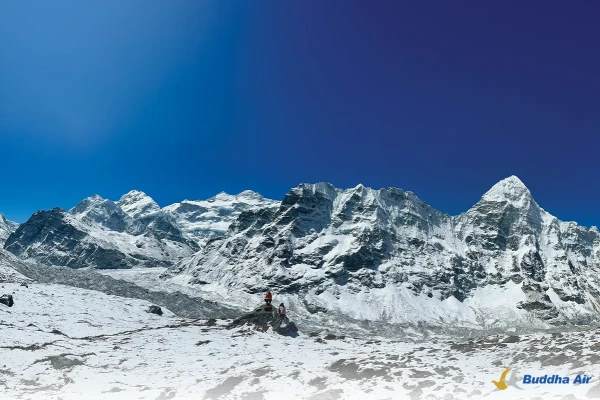
The eastern mountainous region of Nepal is home to Kanchenjunga, the third-highest peak in the world. Trekkers can explore this peak via two primary access points: the North Base Camp and the South Base Camp. The Kanchenjunga trek route passes across the remote Taplejung District within the Kanchenjunga Conservation Area. This trek is known for its rugged terrain and isolation. The Kanchenjunga Trek is one of Nepal's most challenging and rewarding routes. In recent years, it has attracted many domestic and international trekkers, drawn by its diverse landscapes, traditional villages, and high-altitude grandeur.

Over several weeks, the trek unfolds a breathtaking tapestry of natural beauty—leading through idyllic terraced farms, lush subtropical valleys, and mist-shrouded ancient forests. The trail gradually ascends through rocky alpine tundra to the majestic glaciers and sculpted peaks of the Kanchenjunga massif, evoking both awe and humility.
Beyond its dramatic scenery, the ourney is deeply enriched by cultural encounters. Along the way, trekkers are warmly welcomed in villages where the scent of tea drifts, and members of Limbu, Rai, Sherpa, and Gurung communities share their stories. This blend of natural and cultural immersion draws you into the heart of the Himalayas.
Before embarking on the ascent into high-altitude terrain, many seek blessings at Mukumlung (Pathivara), a sacred site that imparts a sense of spiritual readiness and inner strength. From there, a short drive brings you to the trailhead along the serene banks of the Tamor River. The path winds through traditional Limbu settlements such as Mitlung, Sinwa, Chiruwa, Tapethok, Lelep, and Sekathum before following the gentle flow of the Ghunsa Khola.
The route then ascends through remote, picturesque villages—Amjilosa, Gyabla, Phale, Ghunsa, Khambachen, Ramtang, and Lhonak—inhabited by Sherpa and Bhotia communities with deep-rooted ties to Tibetan Buddhist culture. A rest day in Khambachen allows for an optional hike to the Jannu Viewpoint (4,400 meters), offering stunning views of peaks like Ghabur (6,044 m), Phile (6,645 m), Sobi Thongie (6,670 m), Mera Peak (6,364 m), and the awe-inspiring Mount Kumbhakarna.
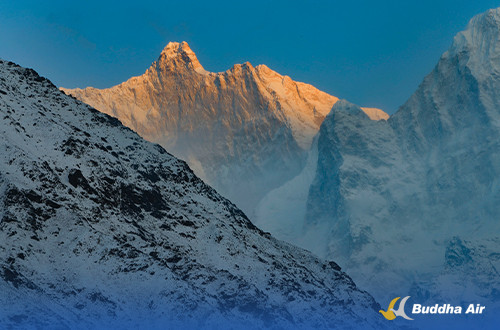
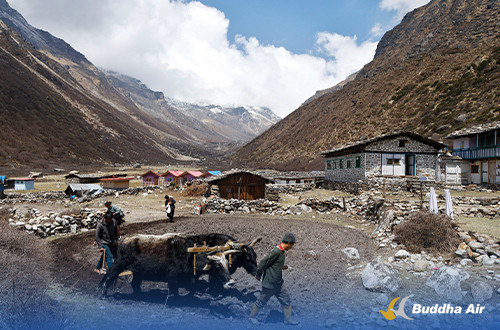
This viewpoint is more than a vantage point; it's a spiritual retreat believed to be the meditative ground of Maha Guru Phalgunanda, a revered figure in the Kirat tradition. Born in 1885 in Chukchinamba, Ilam, and passing in 1949, his presence is said to linger in the silence of these mountains.
From Lhonak, the trail to Pang Pema—the North Base Camp of Kanchenjunga—becomes more demanding. The air thins, breath grows shallow, and each step requires effort. The landscape grows raw and vast, silent and elemental. There is no pretense here—only stone, sky, and snow. In that stillness, something internal begins to shift.
Reaching Pang Pema (5,143 meters) doesn't feel like reaching a destination but rather the edge of the world. There is no sound but the wind and your heartbeat. Time seems to pause. Towering above is Kanchenjunga, encircled by an icy fortress. The moment is transcendent—an encounter with the spirit of the Himalayas in its purest form. The sense of grandeur and silence is a reward reserved for the fortunate few.
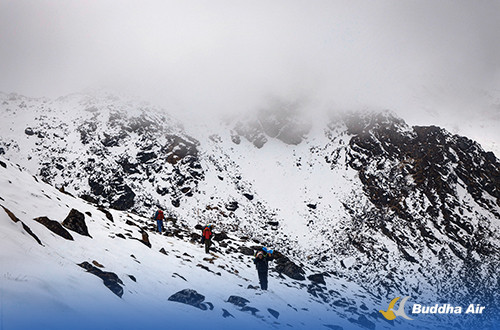
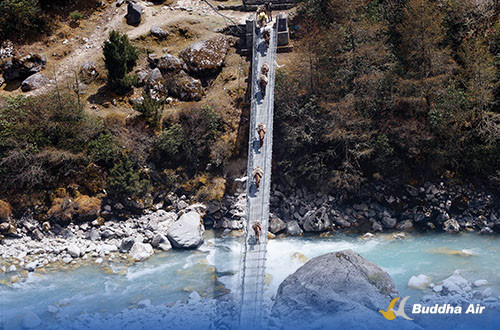
The descent to Ghunsa signals the start of the trek’s second phase: the traverse to the southern face of Kanchenjunga via the Sele La Pass. This section is equally demanding, crossing three high passes—Sele La (4,440 m), Mirgin La (4,480 m), and Sinelapche
Bhanjyang (4,636 m). Snow-covered trails and the isolation of the mountain passes can be daunting, yet they also offer a unique sense of stillness. Each step forward demands both physical resilience and mental resolve. Many describe reaching the summit of these passes as an experience of quiet enlightenment.
The trail culminates at Oktang (4,730 meters), the highest point on this route apart from the base camp. From here, Kanchenjunga’s south face looms close. The stillness here stays with you long after you've left, imprinting itself in pictures, your muscles, and your breath-suspending memories of the peaks.

The Kanchenjunga Trek is more than just a trek—it is a transformative journey. It teaches patience, humility, and a profound respect for nature and the human spirit. It slows you down, heightens your awareness, and invites you to feel more deeply. Somewhere between fatigue and wonder, you begin to rediscover parts of yourself long forgotten. You return transformed—not dramatically, but quietly. And somehow, that is enough.
